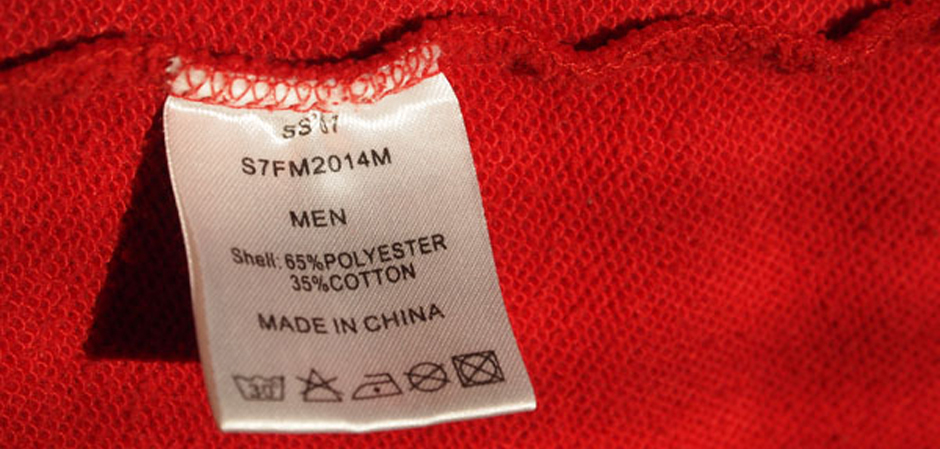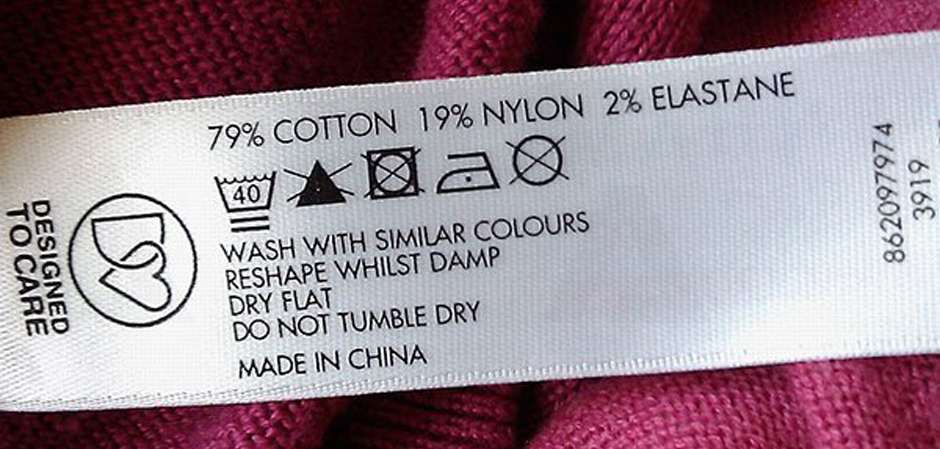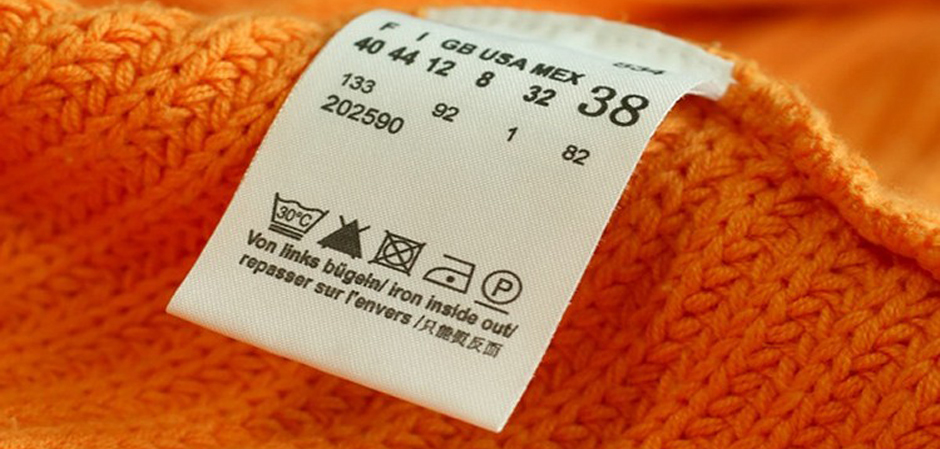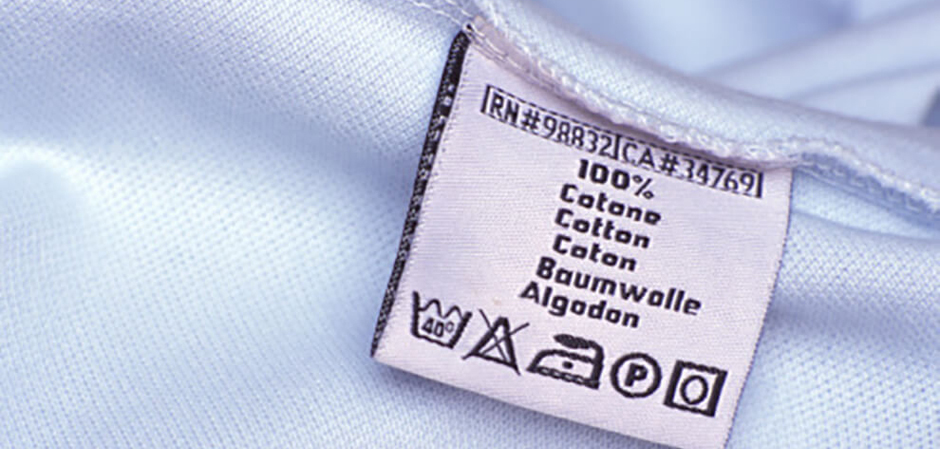Marking tags – the buyer's point of view
Is it possible to make comfortable means of marking clothes and why do manufacturers need it? Expert opinion Natalia Vstovskaya.
A shopping trip in search of a good lousy marking tag disappointed me. I didn't find any soft, non-irritating internal tags on clothes. At best, they differ in material. Some are tougher, others are less. In only one brand I found a product where a ribbon with a marking was folded in half and tied with a thread with long stitches.Unfortunately, my joy was short-lived, because it was a single instance. And so far, alas, I have not understood why.
About the fact that many people do not like marking tags on clothes, everyone knows. They irritate, tickle or scratch the body. They especially interfere with children. But the buyer faces a difficult question: if you dispute the tag, then how to remember the information on the composition and care of the product? In addition, to remove it carefully, you need a special skill, since often this piece of fabric is sewn into the product tightly.

The question of the need for manufacturers to use tags, in particular on children's clothing, was discussed quite emotionally at a round table dedicated to summing up the results of the International Award "Parents' Choice".
It turns out that many mothers, choosing a new thing for their child, not least pay attention to exactly how the tag is sewn and what it is made of. And here there is a clear competitive advantage for those brands that are more careful about the comfort of the product in a sock according to this indicator. Parents want the inner tag to be either easily removable or made of soft fabric. And even better, if the marking is printed directly on the product from the inside.
Why do manufacturers not meet the customer halfway in this matter? Most likely, many people do not investigate their purchasing preferences so deeply (and now we are giving them a good hint). Others do it traditionally, because that's how it's supposed to be and because that's how the technological process is built.

Labeling issues are really quite strictly regulated. But how narrow is the corridor? With this question, I turned to the Central Research Institute of the Garment Industry (TSNIISHP).
Along with Technical Regulations of the Customs Union TR CU 007/2011, containing safety requirements for products intended for children and adolescents, the Customs Union approvedThe list of documents in the field of standardization, as a result of which compliance with the requirements of this TR CU 007/2011 is ensured on a voluntary basis.

In terms of labeling, this list contains: GOST 3897–87 «Knitted products. Marking, packaging, transportation and storage", as well as GOST 10581–91 "Sewing products. Labeling, packaging, transportation and storage". These Standards provide for types and methods of marking, places of its attachment, requirements for materials used for marking tools.And here's what's interesting.
Compliance with the requirements of the Standards is voluntary, secondly, the Standards offer several options for attaching marking tools and, in addition, there is a note that "in agreement with the consumer, it is allowed to change the places of attachment of marking tools".

Claims to labeling relate mainly to the tape with the image of the trademark and /or the control tape (marking tools that contain such necessary details for the consumer as dimensions, composition of raw materials and symbols for care) attached to the wrong side of the product. The most traumatic are the tapes attached to the middle of the neck of the backrest. But the Standards also provide for other marking attachment points, such as the side seam or the back seam (for jackets, jackets, dresses, blouses and other unlined products), the inner edge of the lining (for shirts), etc.
So there is still room for creativity. And most importantly, manufacturers have the opportunity to increase the competitive advantages of their products by meeting the buyer halfway and just reviewing the product labeling technology.
Photos provided by the author